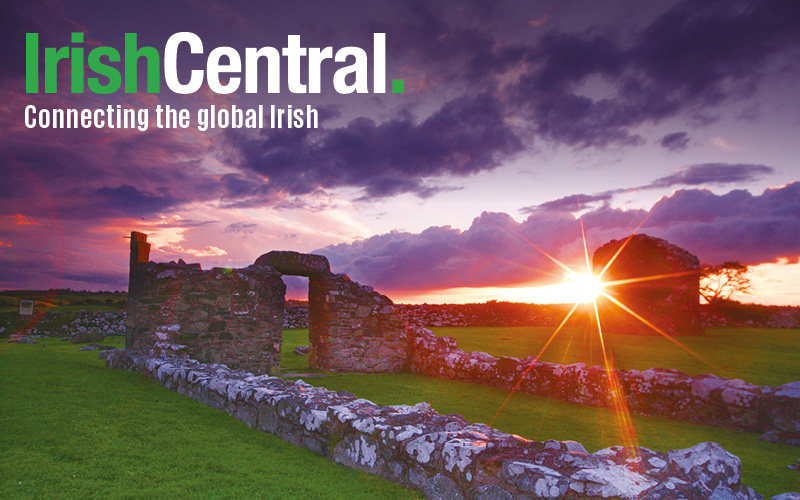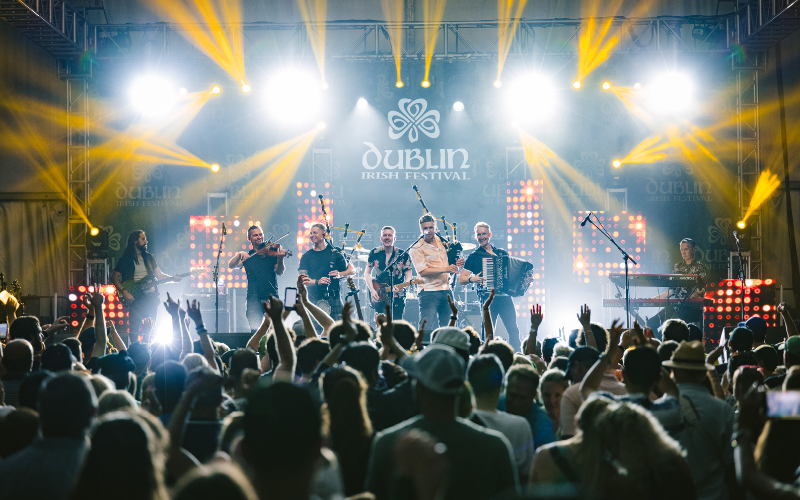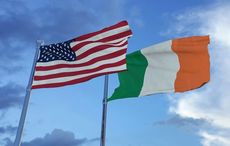The young Irish Republican Army leader died on April 10, 1923, leaving behind a local girl he'd promised to marry when hostilities had ceased
Irish history is littered with tragic love stories like Michael Collins and Kitty Kiernan or Charles Stewart Parnell and Kitty O'Shea. One such doomed relationship concerns the Irish Republican Army (IRA) leader Liam Lynch.
Lynch was born on Nov 9, 1893, under the glare of the Galtee mountains in Barnagurraha on the Cork-Limerick border. He was born into a family tradition of rebelling against suppression.
His mother was secretary of the Ballylanders branch of the Ladies Land League while his uncle, John Lynch, rode on horseback to Kilmallock on Easter Sunday morning 1916 to assemble for action but, the intended insurrection there never happened.
Read more: The most amazing thing Michael Collins ever said
At the age of 17, Lynch went to serve an apprenticeship in Mitchelstown with a hardware company and it was here, in 1914, that he joined the Irish Volunteers.
In 1916 Lynch witnessed the brothers Thomas, David, William, and Richard Kent, along with their mother, being led in handcuffs across Fermoy bridge as prisoners of the crown. Lynch was among the shocked onlookers on the bridge that May morning and from then on he decided to dedicate and ultimately give his life in the fight for a Republic.
By 1918, Lynch left his job in order to dedicate himself full time to the fight for freedom. Not only did he take leave of his occupation, but he also had to postpone his engagement to a local girl.
Lynch met Bridie Keyes during Gaelic League Irish language classes, in Fermoy, in 1917. Due to his revolutionary lifestyle, their courting was sporadic. By 1919, as the war was intensifying, Lynch and Bridie agreed a marriage could only happen once hostilities ceased and so the couple decided to postpone marriage.
Lynch led a successful raid for arms in Fermoy, in September 1919, which saw soldiers of the crown disarmed of 15 rifles. During the daylight raid, Lynch received a bullet wound in his arm and went to a safe house in the Comeragh mountains to recuperate.
In 1920, Liam spent three months in Dublin where he met Michael Collins who learned of Lynch's leadership qualities and he offered him the post of Deputy Chief of Staff at IRA HQ. Lynch was honored but declined the offer as his thoughts were with his people in Munster and his men, in North Cork, which was proving to be an area in which he and his rebel fighters were successfully penetrating crown rule.
In the summer of 1920, Lynch oversaw the kidnapping of General Lucas, the highest-ranking member of the British Army, in Munster. Lynch and his men took Lucas, and his fishing companion, from the banks of the Blackwater River and bundled them into a car.
On route to a safe house, General Lucas and his companion tried to overpower their captors. A struggle ensued but Lynch and his men got the better of the British officers and General Lucas remained a prisoner of the IRA for a number of weeks before he finally escaped from a safe house in Limerick.
In August 1920, Lynch was in Cork City Hall when it was raided by the Black and Tans and he was arrested with Lord Mayor Terence MacSwiney. Lynch gave his name and address as James Casey of 25 Camden Street, Dublin. After three days in Cork jail, Lynch was released but Lord Mayor MacSwiney was sent to Brixton prison where he went on hunger strike and died.
Read more: LISTEN - Irish revolutionary airbrushed out of history, Muriel MacSwiney
In September 1920, Liam commanded the action that saw the destruction and successful raid for arms at Mallow barracks. Months later he led a successful ambush of British troops at Millstreet, marking the Cork No 2 Brigade as a fearsome weapon in the fight against the enemy. Such was Lynch's reputation that the British authorities murdered two men, also called Lynch, in a case of mistaken identity in their attempt to quell Liam.
When the truce arrived in the summer of 1921, friends and family expected Lynch and Bridie to wed but the rebel chief again asked his fiancée to hold out as he feared a resumption of hostilities.
When the Anglo-Irish Treaty was signed before Christmas 1921, Liam opposed it. By March 1922 he became chief of Staff of the anti-treaty IRA. Lynch was present in the Four Courts in Dublin when it was taken over as a Republican garrison.
When Free State troops attacked it, Liam was arrested but was released in the promise too go back to Munster and quell resurgence there.
Instead, Lynch set up Anti-Treaty HQ in Fermoy and set about establishing the Munster Republic.
In August 1922, the Munster Republic fell when Free State troops landed in Cork and Kerry by sea and Liam had to abandon Fermoy and head for the hills along the Cork Tipperary border.
Read more: Hour-by-hour - the road to Michael Collin's death at Béal na mBláth
Lynch was hiding out in the Knockmealdown mountains when Free Staters approached on April 10, 1923. As he fled up the mountainside with his comrades a burst of fire from below brought Lynch to the ground. As he lay severely injured, he ordered his men to keep going and leave him behind.
When the Free State troops got to Liam who lay bleeding in the rushes, he robustly told them "I am Liam Lynch, chief of staff of the Irish Republican Army, get me a priest and a doctor, I'm dying."
Lynch died that night shortly after 8 pm in Clonmel hospital and two days later was laid to rest at Kilcrumper cemetery near Fermoy. With the death of Liam Lynch came the end of the civil war. 20 days after the fatal shot on the Knockmealdowns the anti-treaty IRA surrendered.
Lynch last met Bridie during Easter weekend in 1923. They met at a safe house in Graigavalla before he went off to meet his destiny on the Knockmealdown mountains weeks later.
The next time Bridie would see her fiancée he was lying cold in a coffin. Bridie moved away from Fermoy after Lynch's death and found work with the Irish hospital sweepstakes. Bridie never married, she remained true to the chief of the Irish Republic.
Read more: Cork hunger striker the Catholic Church turned on died on this day in 1923
This article was submitted to the IrishCentral contributors network by a member of the global Irish community. To become an IrishCentral contributor click here.




Comments